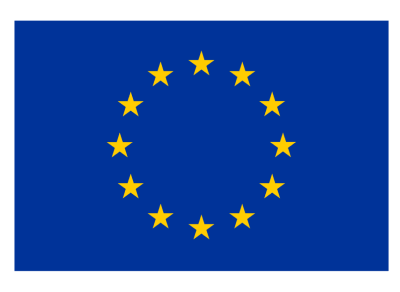In this new video, Silvia Ciampelli, a PhD student at the University Medical Center Groningen, introduces the TRUSTING project and the main focus of the initiative on preventing psychotic relapses through cutting-edge artificial intelligence.
Silvia explains that language can reveal crucial insights into our mental health. For example, shifts in tone can reflect changes in mood, rapid speech may indicate racing thoughts, and the specific words we use can offer a glimpse into the concepts active in our minds. What’s truly innovative is that, thanks to advanced language technologies, these subtle speech patterns can now be measured automatically, almost in real-time.
At the heart of the TRUSTING project is the development of a reliable AI-driven system that monitors speech patterns to assess the risk of psychosis relapse. Psychotic disorders are known for their recurring nature, with individuals vulnerable to relapse. Using speech and natural language processing technologies, this system analyses speech samples recorded by patients through a smartphone app. Based on this analysis, the app calculates the risk of relapse, providing timely warnings that could help prevent episodes and improve the lives of those living with psychosis.
Silvia’s work in this project is focused on identifying the patterns in speech and language that act as markers of psychosis and other psychiatric disorders. This innovative system could offer a practical solution to those at risk of relapse, giving both patients and healthcare professionals the tools they need to intervene early and prevent full episodes of psychosis.
Watch the video here and subcribe to TRUSTING’s YouTube channel to learn more about how the TRUSTING project is using AI to advance mental health care and improve the lives of people with psychotic disorders.
Stay updated on the TRUSTING project’s progress and its potential to transform mental health care or to engage with our communications, visit our website or follow us on social media platforms, including X and LinkedIn. We also encourage you to join our database by subscribing to our e-newsletter here.





